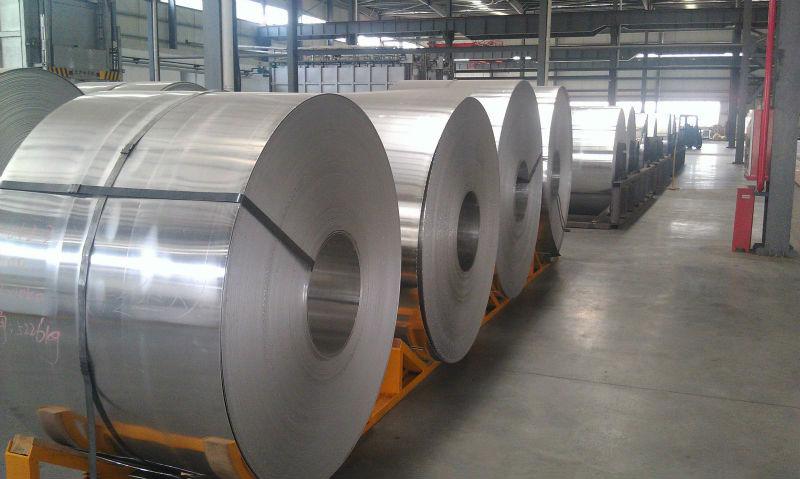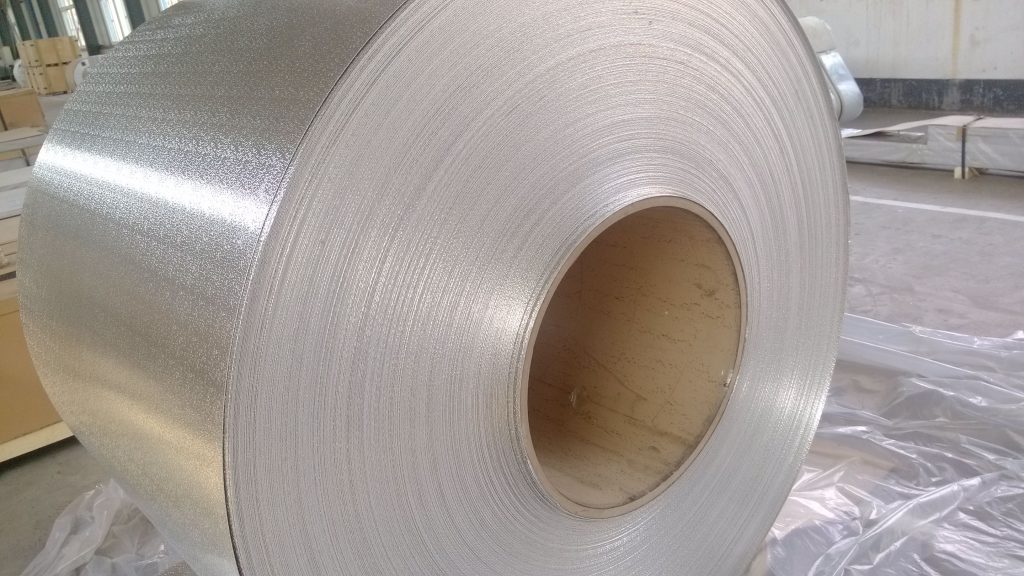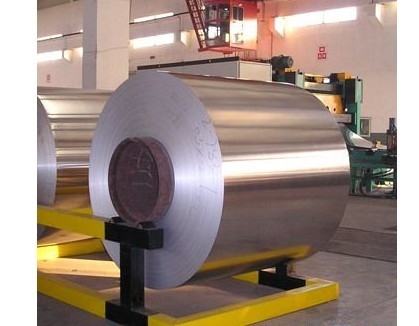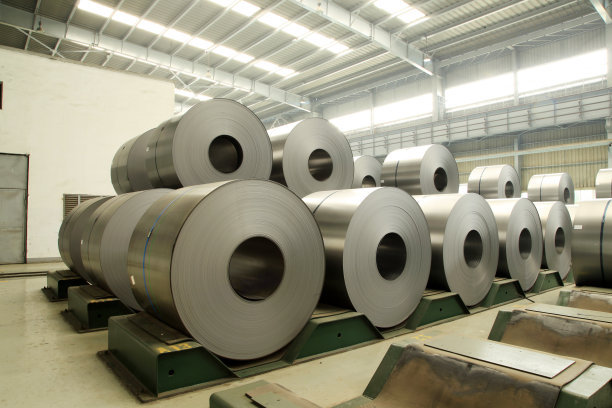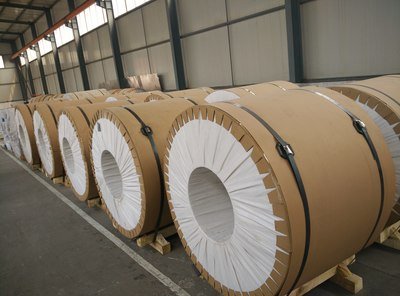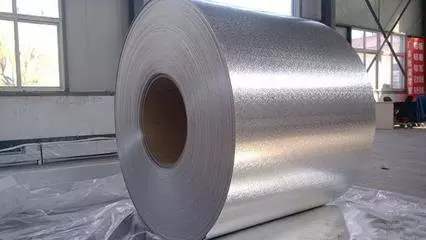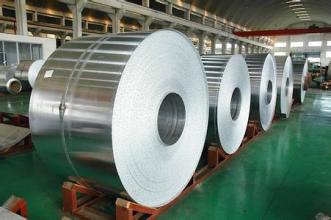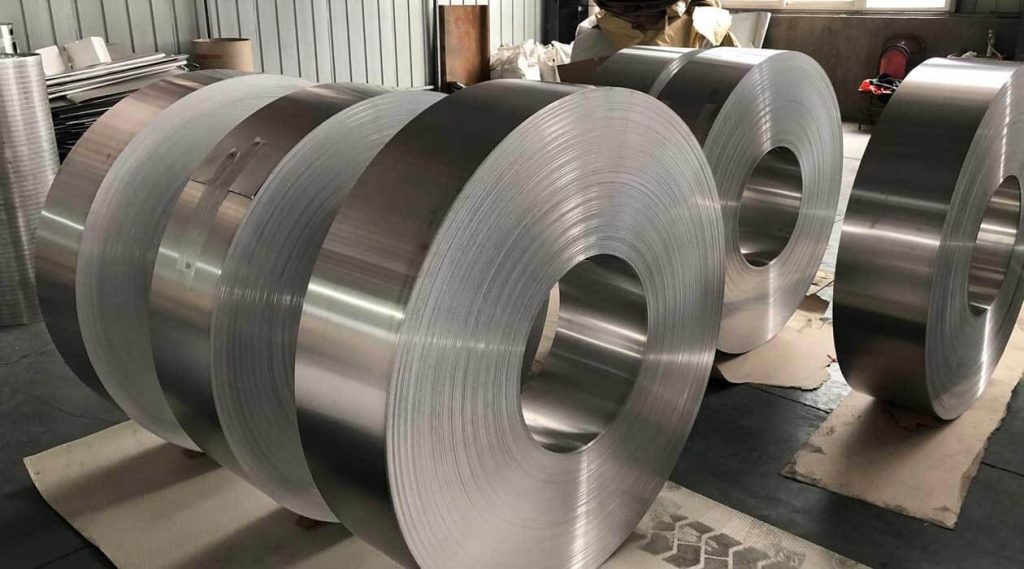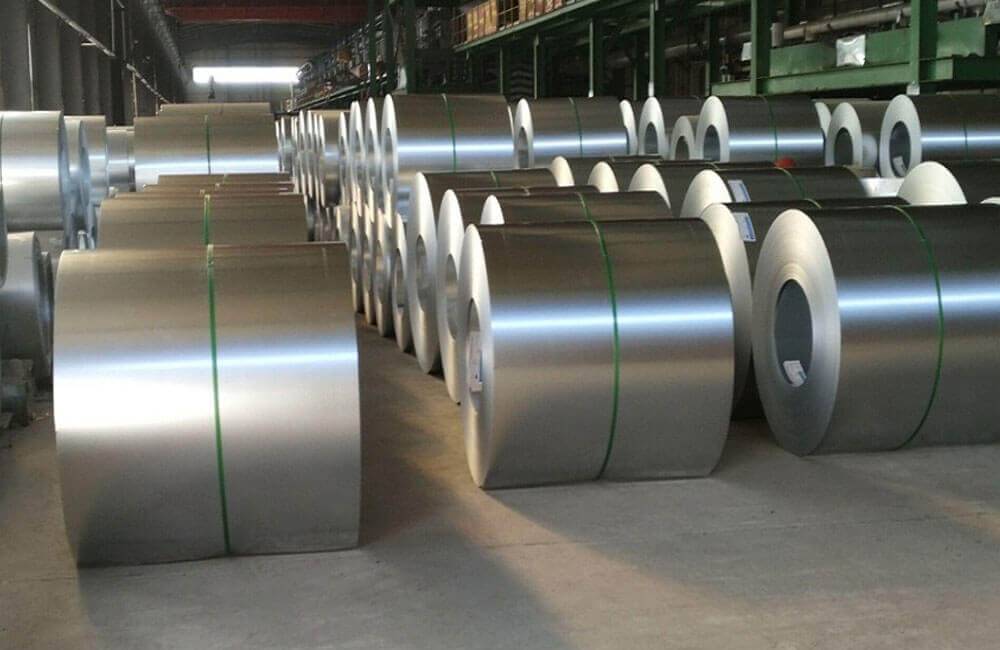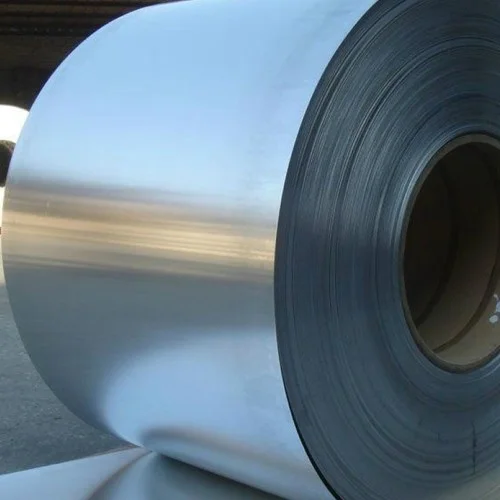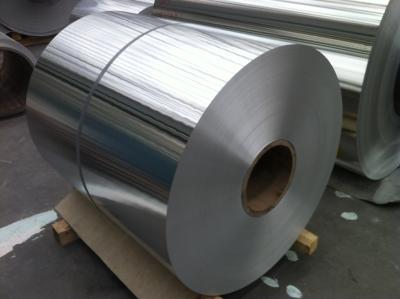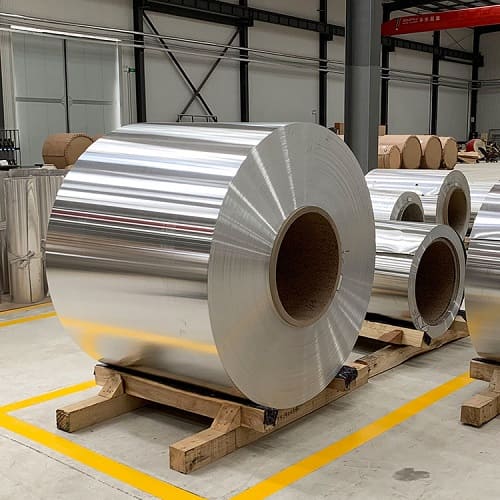Mill Finish Aluminum Coil
1050 Mill Finish Aluminum Coil
Description Mill Finish Aluminum Coil refers to aluminum that has…
1060 Mill Finish Aluminum Coil
Description Mill Finish Aluminum Coil refers to aluminum that has…
1100 Mill Finish Aluminum Coil
Description Mill Finish Aluminum Coil refers to aluminum that has…
1070 Mill Finish Aluminum Coil
Description Mill Finish Aluminum Coil refers to aluminum that has…
3003 Mill Finish Aluminum Coil
Description Mill Finish Aluminum Coil refers to aluminum that has…
3004 Mill Finish Aluminum Coil
Description Mill Finish Aluminum Coil refers to aluminum that has…
3105 Mill Finish Aluminum Coil
Description Mill Finish Aluminum Coil refers to aluminum that has…
5052 Mill Finish Aluminum Coil
Description Mill Finish Aluminum Coil refers to aluminum that has…
5754 Mill Finish Aluminum Coil
Description Mill Finish Aluminum Coil refers to aluminum that has…
5083 Mill Finish Aluminum Coil
Description Mill Finish Aluminum Coil refers to aluminum that has…
6061 Mill Finish Aluminum Coil
Description Mill Finish Aluminum Coil refers to aluminum that has…
6063 Mill Finish Aluminum Coil
Description Mill Finish Aluminum Coil refers to aluminum that has…

